Rechargeable Batteries
Tools for Possibilities: issue no. 79
Once a week we’ll send out a page from Cool Tools: A Catalog of Possibilities. The tools might be outdated or obsolete, and the links to them may or may not work. We present these vintage recommendations as is because the possibilities they inspire are new. Sign up here to get Tools for Possibilities a week early in your inbox.
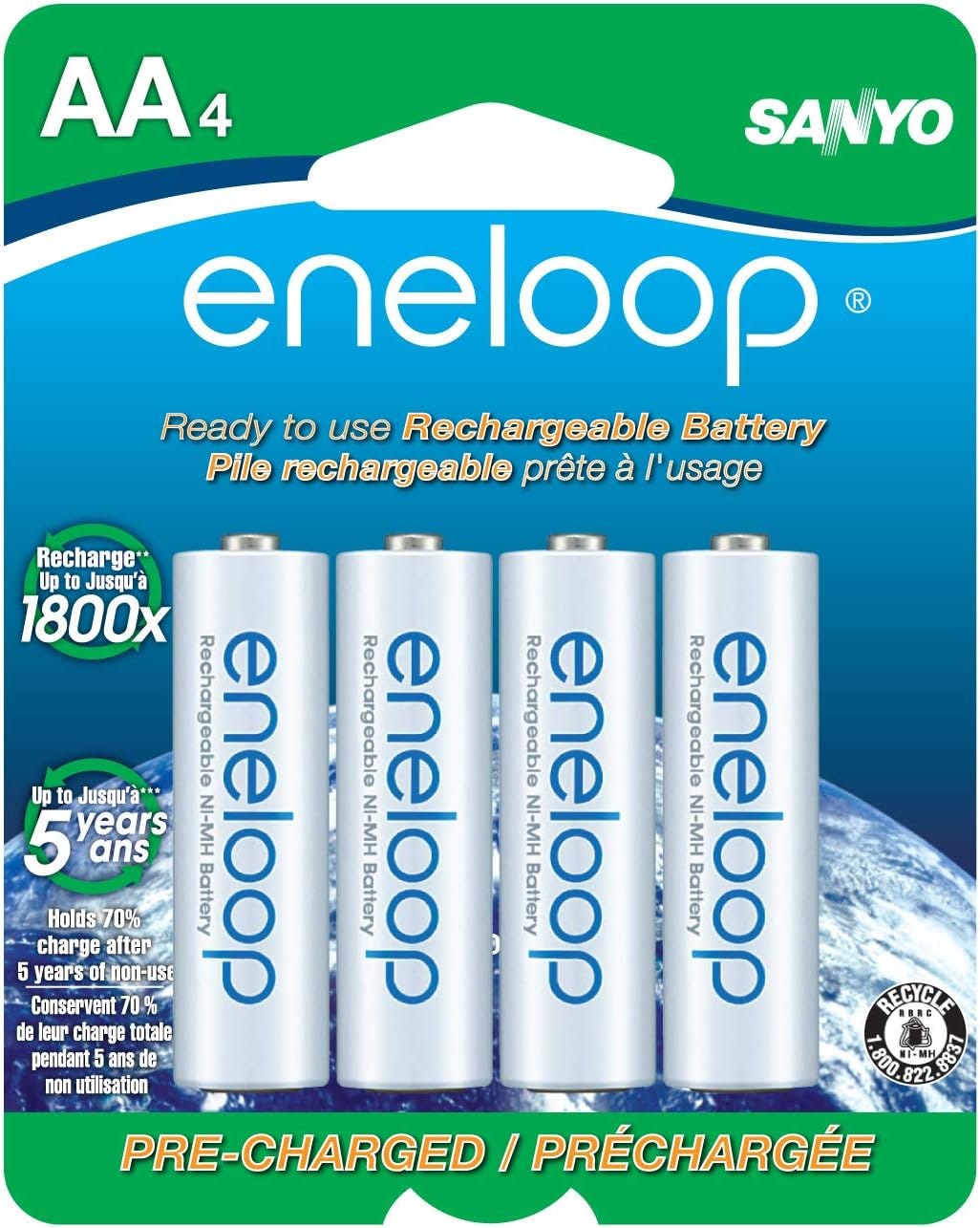
Still the best batteries
Eneloop Rechargeable Batteries
No doubt, the best batteries I’ve used are Sanyo’s Eneloop cells. They’re NiMH but the self-discharge problem is pretty well licked, and Sanyo are the ones who solved the problem.
Eneloops are still the best, but there are more makers now of LSD (Low Self-Discharge) NiMH cells. Usually marketed as “ready to use”, their initial charge should still be available at time of purchase.
Sanyo has a fairly broad range of chargers available to go with these things, of which I have a couple. But to really get the most from my cells, I use the LaCrosse Technology BC700 Alpha Power charger. A very good combination for me. — Wayne Ruffner
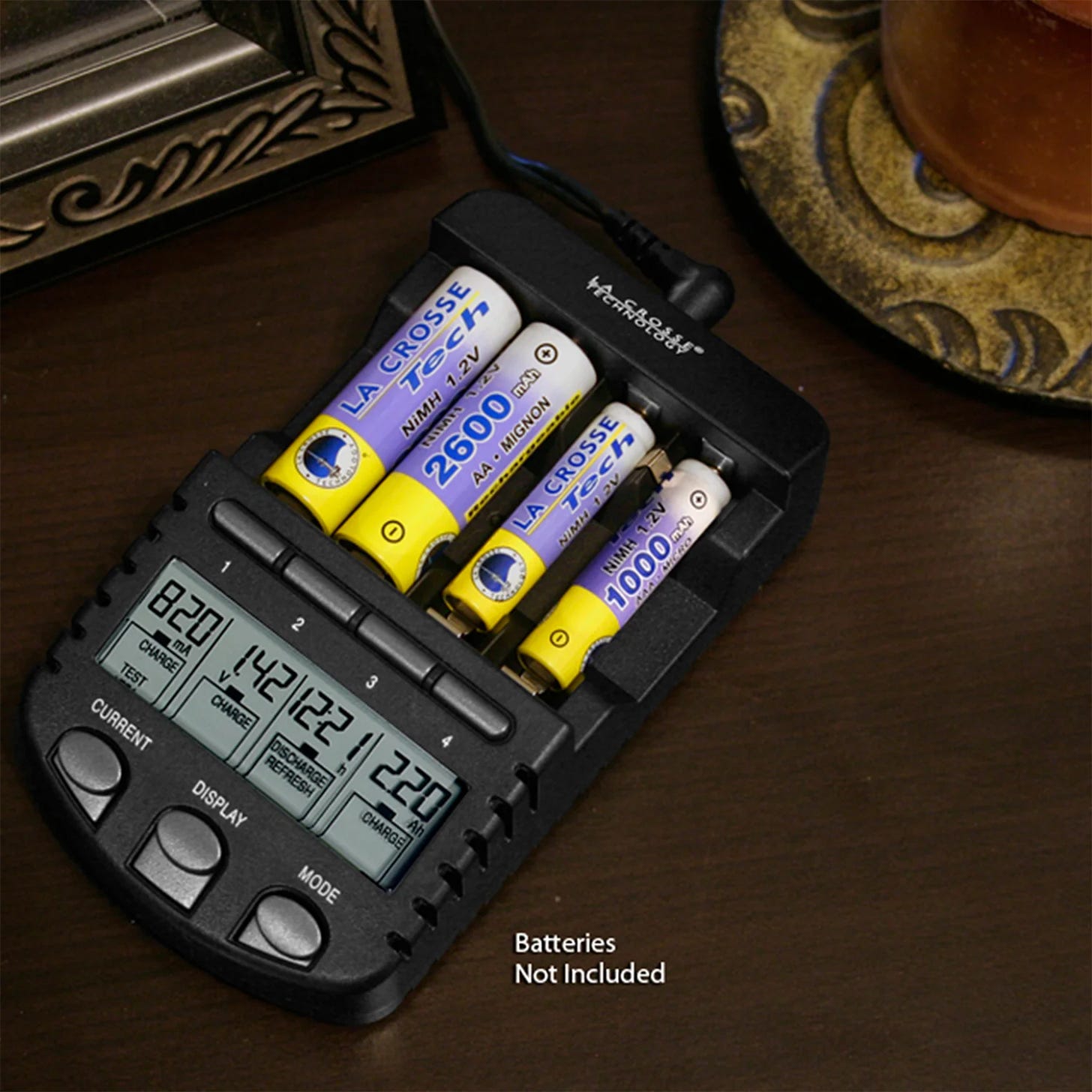
Customizable charge times
La Crosse Battery Charger (Retired)
Rechargeable technology has gotten to the point where you can get almost as much power out of reusable batteries as disposables. Most battery chargers, however, are dumb circuits that simply jam a current through the battery no matter its current state of charge, which can ruin a perfectly good battery. With La Crosse’s BC-900, you can not only monitor the charge on the battery at any given time, you can do a discharge + recharge cycle, or even a full refresh where the battery is discharged and recharged several times in a row. I’ve found the BC-900 can actually revive a battery that was rendered unusable via a less effective charger.
Previously, I owned a Panasonic that worked OK. Though I haven’t done a completely exhaustive search of this space, after reading a lot of reviews and then using it, I really would rate the BC-900 as being one of, if not the best little charger for the money. With mine, I find I can get anywhere between 50 to 100 percent more cycles.
Plus, this unit has selectable charge rates, which allows you to charge batteries quicker if you need them ASAP, like within 15-30 minutes. Doing this does require a lot of current to be jammed through the batteries in a shorter period of time, which stresses them and shortens their lifespan. But it’s helpful to at least have the option of optimizing for speed over longevity.The charger comes with eight batteries (4 AA and 4 AAA) and 4 C and D cell adapters, too, so you get a nice start all in one package. —Dave Cortright
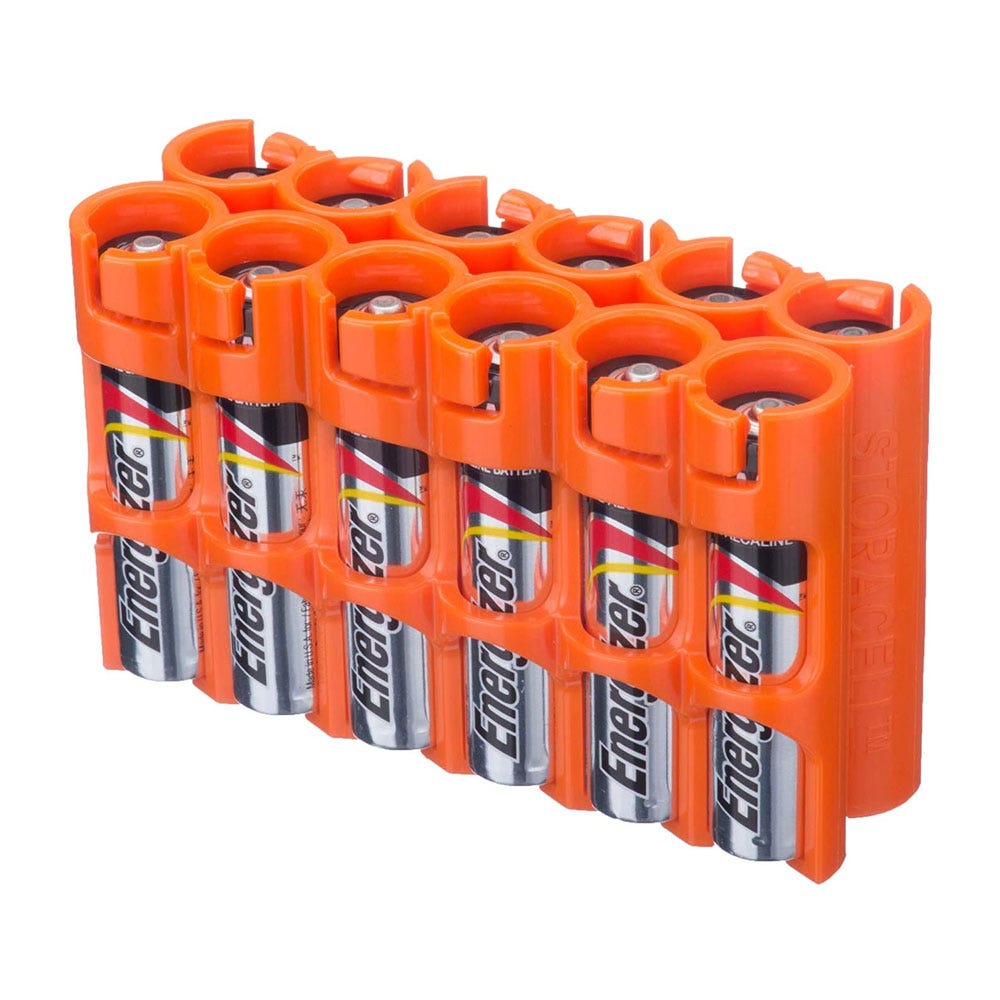
Multi-cell battery holder
These battery holders are a clear winner over other cell containers. Mine’s loaded with Eneloop AA & AAA cells (and a Duracell 9V), in my tool kit, ready to keep me moving. Regular Alkaline cells fit in there too, of course.
I’ve got a lot of small equipment that use these small batteries. Being prepared to change them when they’re low is easier than Periodic Preventative Maintenance like charging everything monthly or something. And less time consuming than zooming off to get replacements when something quits. Better for the cells, too, than charging them when they don’t really need it.
I don’t know yet if these will survive a winter, but the plastic seems of a type that should fare well. Certainly better than the other types of plastic battery boxes that seem to explode when the temps drop. A pretty good variety of shape/combos and colors are available.
While these do a good job of protecting the cells from shorts, they’re not absolute, so be careful about jamming them into spaces with other things that could lead to short circuits. Like my tool bag. And in a camera bag, no problems. — Wayne Ruffner
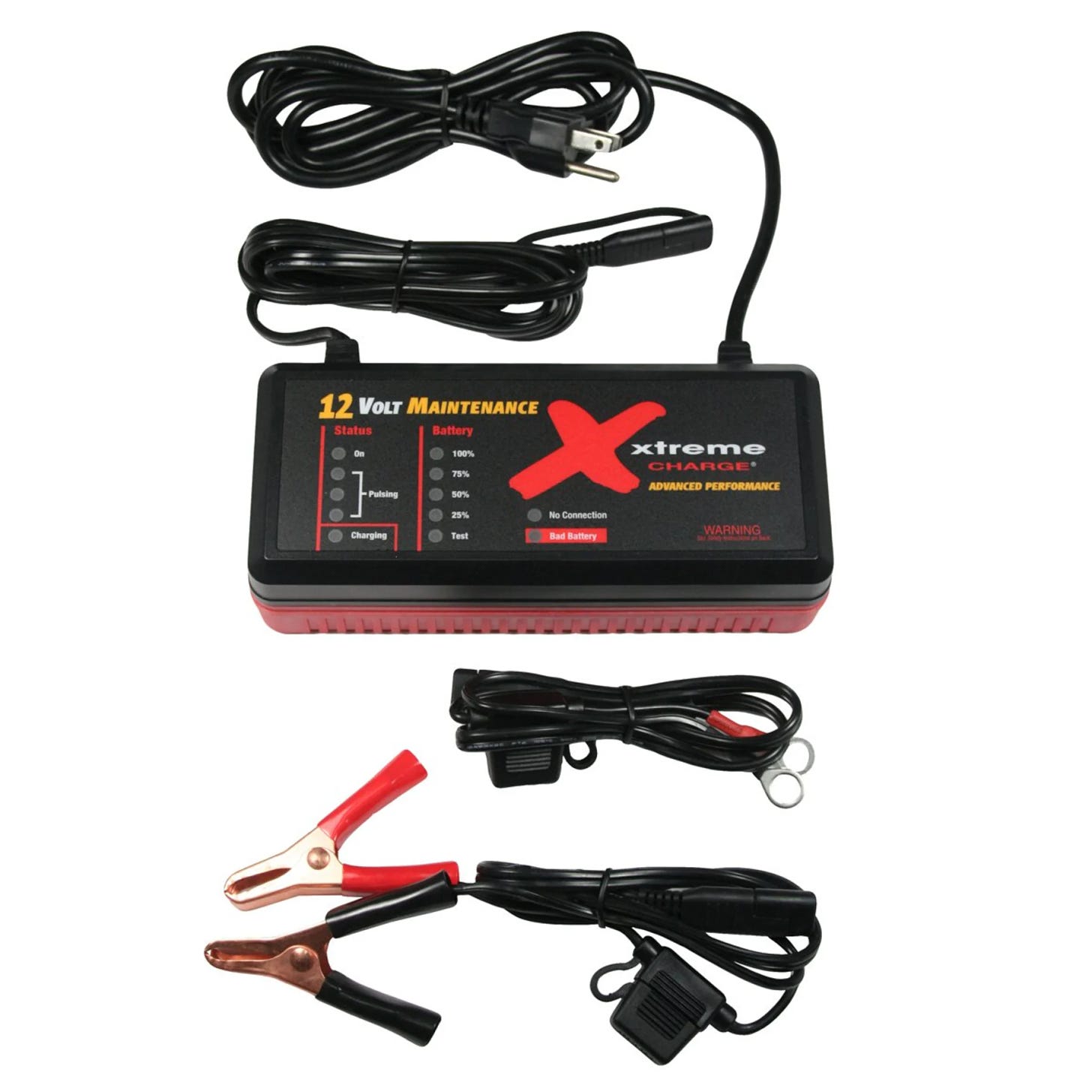
12-volt battery juicer
I have a collector car I won’t drive in the snow, so I’m forced to use a battery tender to keep the battery alive while it collects dust during the winter. In years past, I’ve used a variety of chargers/tenders (I also had a Harley I stored in the winter), but none has worked as well as the Xtreme Charge I’ve been relying on this last year. Though my battery used to die all the time within hours of being removed from previous chargers, it now holds a charge for days on end. I am certainly no expert. What I know about how the system works is from what I’ve read online. It’s my understanding that once the battery’s gotten a full charge from the unit, it switches to a “pulsating DC current” mode. Apparently this pulse technology does something to reduce and keep sulfate deposits from building up again.
What I know about whether the charger works comes from the old, off-brand battery that, by all rights, might have been relegated to the recycle bin last year but is still holding a charge like a champ. At about the same time I bought the charger, I had already bought a new battery for the ’88 Rolls Royce Silver Spur. But rather than use the old battery to recover a “core” charge on the new battery, I kept it and used the Xtreme Charge on it, just to see what would happen. It brought the old battery back to life so well that today I use the charger to keep the old battery alive as a backup power source for my sump pump!
I really appreciate the charger’s LED display, too, which provides a constant readout of the state of the charge. Makes it easy to monitor its progress at a glance. After it first reads the current charge, a series of small lights begin pulsing. As the battery charges, the display expresses the status as a percentage of full: 25%, 50%, 75% and 100%. Another great feature: if a battery is dead and cannot be charged, the display tells you bluntly “battery dead” (a situation I have yet to see *knock wood*). In years past, I would would waste time and effort hooking up more than one battery to a charger when it was simply impossible for the battery to take a charge. I went with Xtreme Charge’s “marine” charger because it’s water-proof and comes in a rubber casing. These days my battery is fresher in the spring than it is at the end of the driving season. — Ken Herrera
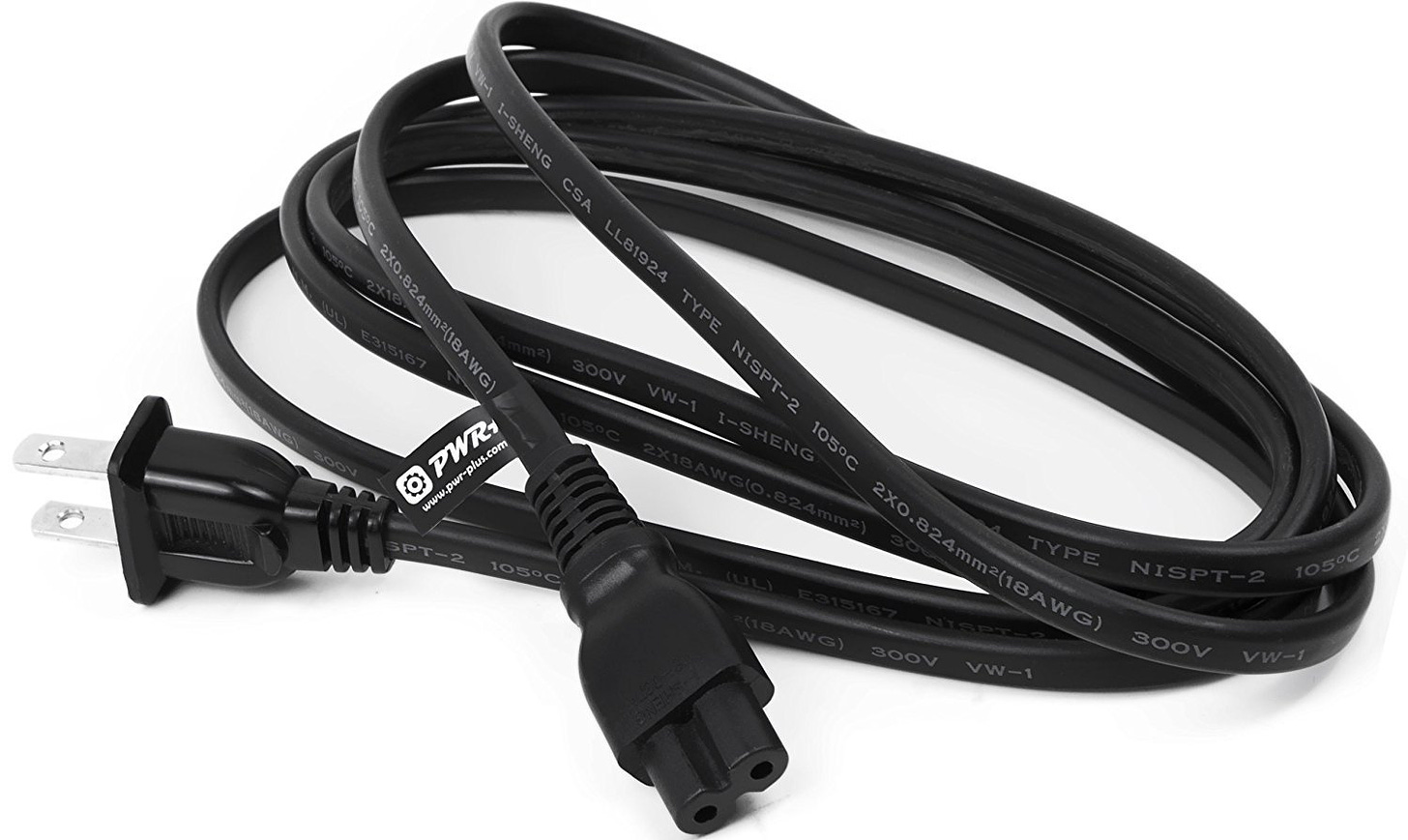
Mac Laptop Power Cord Tip
Every Mac comes with a long, bulky power cord and a small 2-prong nub. You can interchange them, but both are far from optimal for travel. Here’s my fix: use a power cord from a Sony PlayStation. There are other cords that will also fit into the Mac power brick, but the PlayStation cord is easy to find. It fits into the power brick, coils up nice and small and has two prongs. Plus, you can leave your giant Mac cord at your desk back home. I always keep one PlayStation cable stashed in my bag. This trick’s good for any Mac laptop from the last 4-5 years. — Brian Lam
03/25/24





